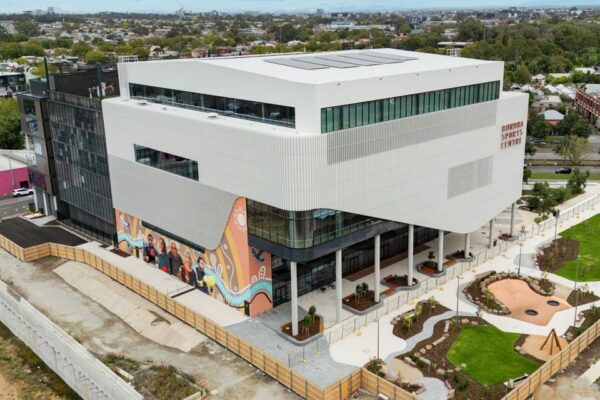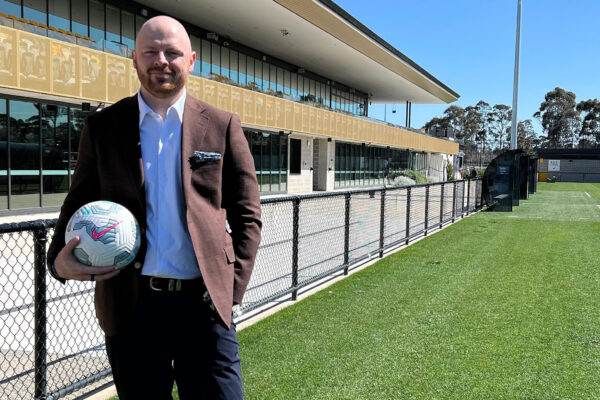
Digital revolution has turned football clubs into global entities and a brand. But the experience for match going fans is one of the most important aspects in keeping fans coming through the turnstiles, whether that be tourists or die-hard fans.
At the heart of this, is Uniguest, a company directed toward enhancing matchday experiences in stadiums around the world.
Although once severely neglected by even the biggest teams in the world, electronic signage and TV displays are now at the heart of merchandise, catering, and gameplay at many of the world’s most popular venues. Covering NFL stadiums, NASCAR tracks, as well as 40% of the United States MLS, and 50% of all English Premier League Stadiums, Uniguest is a well-established brand, although to many consumers. They work in the background of the matchday experience, and are but a glancing thought.
Uniguest’s event triggers for stadiums accentuates the experience of the matchday attendee, with pre-set video and sound functions around the stadium during different passages of play, such as goal animations, or other celebrations or points of interest. The availability of premium experiences in V.I.P. sections of a stadium, complete with infotainment, live menus in concessions, rolling advertisements and promotions, also stand to increase R.O.I. within the stadium. These can even include directions and locations of food and merchandise stores, enticing patrons to visit these and spend money at the football club.
The platform allows football clubs and other businesses to control exactly what’s on display on any given screen, at any given time. Management from a single interface, at a cost to fit the football clubs needs and wants. Uniguest works with some of the biggest clubs in the world, Chelsea and Manchester City to name a few, however, they also work with community clubs and lower tier clubs, who are interested in improving the matchday experience for fans, as they have a smaller audience outside of the stadium itself, and thus need to put an onus on creating a memorable experience for the everyday match attendee, unlike a club of Chelsea’s stature, who has an international fanbase.
Uniguest reports that their clients have a double-digit percentage increase in concession sales, as well as overall increases in fan reception and satisfaction measures. Reports can also be generated to show sponsors of a football club how many times a logo or advertisement for a partner has been shown during a game day, which can be shown to both current and prospective sponsors of the club eager to take up the real estate around the stadium.
Digital menus for concession allow for a more free-flowing and informed traffic flow, as customers know what is on offer, and how much it will cost before they order their food or collect before paying. Customers may feel apprehensive in getting out of their seat and joining a long queue to get food and drink at a match, but with Uniguest’s digital menus, this has sped up transactions immensely. Ultimately, this leads to fans back in their seats faster, enjoying more of the matchday experience, and hungry to come back for more.
Uniguest ensure clients that through consultants, design agencies, and the football clubs themselves, that each setup is designed individually, with content, applications and infrastructure are all delicately planned, as there is no one size fits all in the industry. As Uniguest caters for hotels, education, racetracks and sports stadiums, there is a need to study and tap into the culture of each individual club, sport, and area, putting Uniguest in a strong position to assist football clubs drive and manage projects, and achieving matchday enhancement and fan engagement outcomes.














